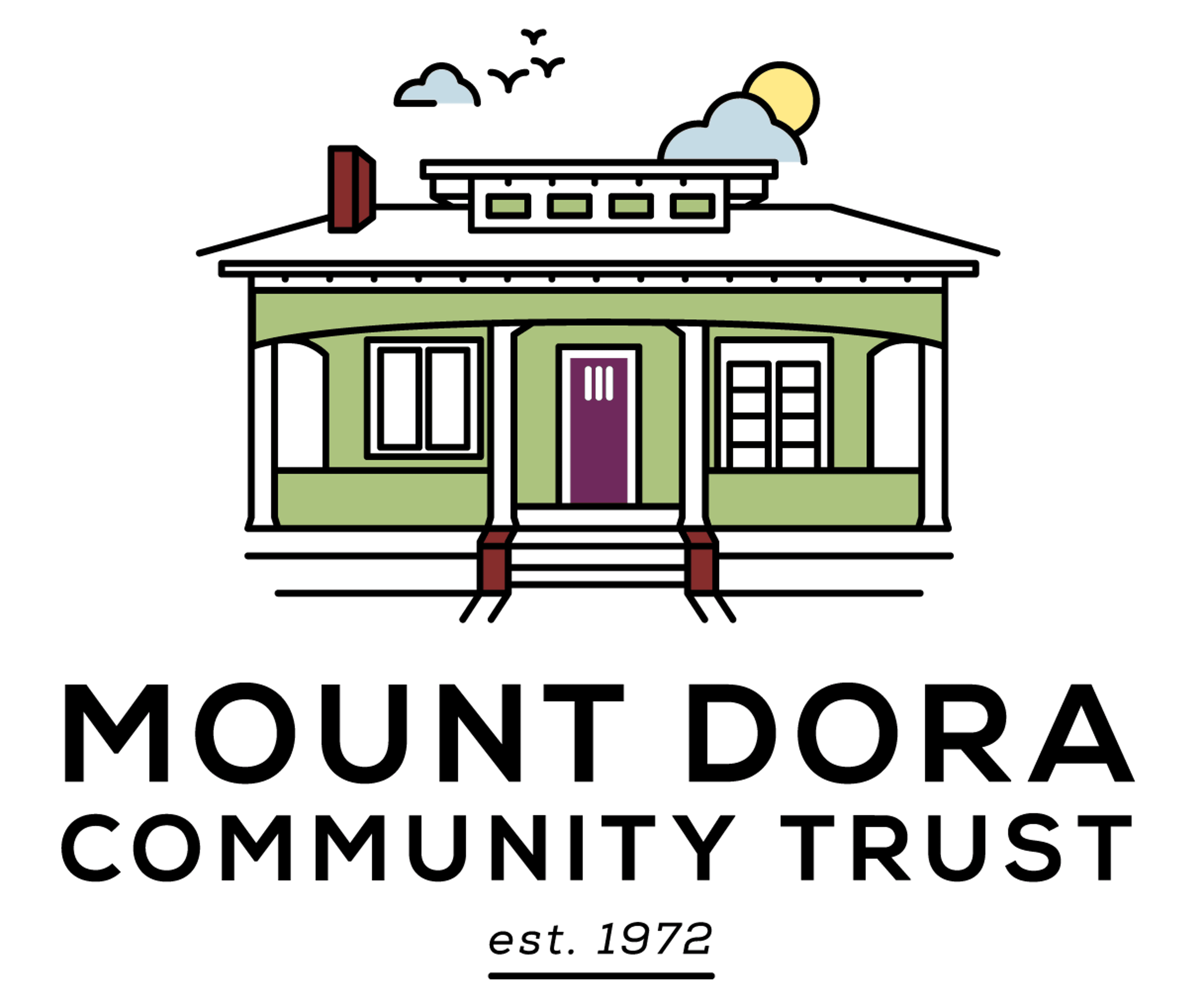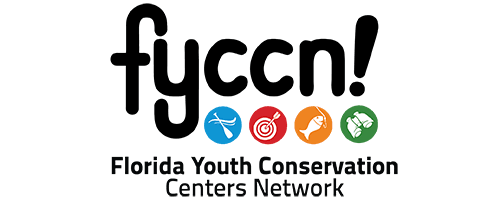What's a Fairy House Challenge
What is a fairy house? They are small structures that fairies, gnomes and woodland creatures live in. Fairies are nature lovers and environmentalists. They live lightly on the earth. Their houses are built sustainably, using natural and dropped materials, to blend into the habitats where they live.
How to Build: Use the child inside you or work with your children to create a fairy or gnome house. You mix imagination, whimsy and natural materials to create a structure a fairy would love to live in.
Let your imagination go, build a house and submit your creation to the Trout Lake Nature Center between Nov. 9 and Noon on Nov. 11th. All houses will be judged on Nov. 12 at TLNC’s Nature Magic Sunday Funday event from 1 to 3 PM. Houses may be picked up after judging or will be placed along TLNC trails for the enjoyment of the public. Each submission must include a card with your name, phone number, email and category being entered securely attached to the house. You also need to register here.
Cost: Free except businesses are asked to pay a $25 impact fee.
Entry Categories
- Little Sprites (2 to 8 yrs. Old and families)
- Sprites (9 to 18 and families)
- Adults
- Non-profit, organizations or clubs
- Business
Building Your Fairy House
What type of fairy do you want to live in your house? Remember there are many types of fairies. Is your fairy quiet? Talkative? fast or slow moving? Likes visitors? Is a hermit? Imagine what your fairy would like to have in their house. What sort of furniture, food, decorations or clothes? Then, begin planning your house.
When making a house for outdoors…
- Don’t use plastic, duct tape, staples or anything that will make the fairy house intentionally permanent or a possible hazard for wildlife. Songbirds, small rodents, frogs, lizards and turtles, in addition to fairies, could get stuck or injured on staples, sticky glue, or duct tape.
- If using glue, use water resistant glue and make sure it dries completely and cover it with natural items. It is better to use a natural twine or vines to secure your house.
- Seed pods, pine cones, twigs, dried mushrooms, pebbles, gourds, rocks, seashells, leaf litter, bark that has fallen off trees, feathers, Spanish moss, acorns, leaves and any other natural fiber or found objects can be used. No non-native seeds, please! Upside down clay pot or converted wooden bird house could also be used.
- Any man-made items should be covered by natural items but their use is discouraged.
- Avoid any type of object that might break and provide sharp edges. And, remember glitter is litter.
- Roofs or lean-tos can be made of sticks or bark or other natural objects. If you want your fairy house to last longer and be easier to transport, use a base of stone or wood.
- Be mindful that squirrels and other wildlife might like to eat parts of your house.
- Build your house to go under a bush, by a tree stump or log, but be hidden. Fairies are shy.
- Keep the house small. If it is too big, no fairy will want to live in it because it will be too obvious. A house that sticks out will attract trolls, or other predators, which hurt fairies.
- Maximum size for your house, which is preferred by most fairies, should be no more than 16”L X 16”W X 24”H.
For Young Builders: Adults can provide construction assistance but should let their child or children take the lead and express their imagination and creativity. It really doesn’t matter if the finished house is lopsided, as the fairies don’t mind.
Our Sponsors and Partners
-

-
 City of Eustis
City of Eustis -

-
 LCWA logo
LCWA logo -
 AdventHealth
AdventHealth -

-

-
 USB Logo
USB Logo -
 FYCCN
FYCCN

